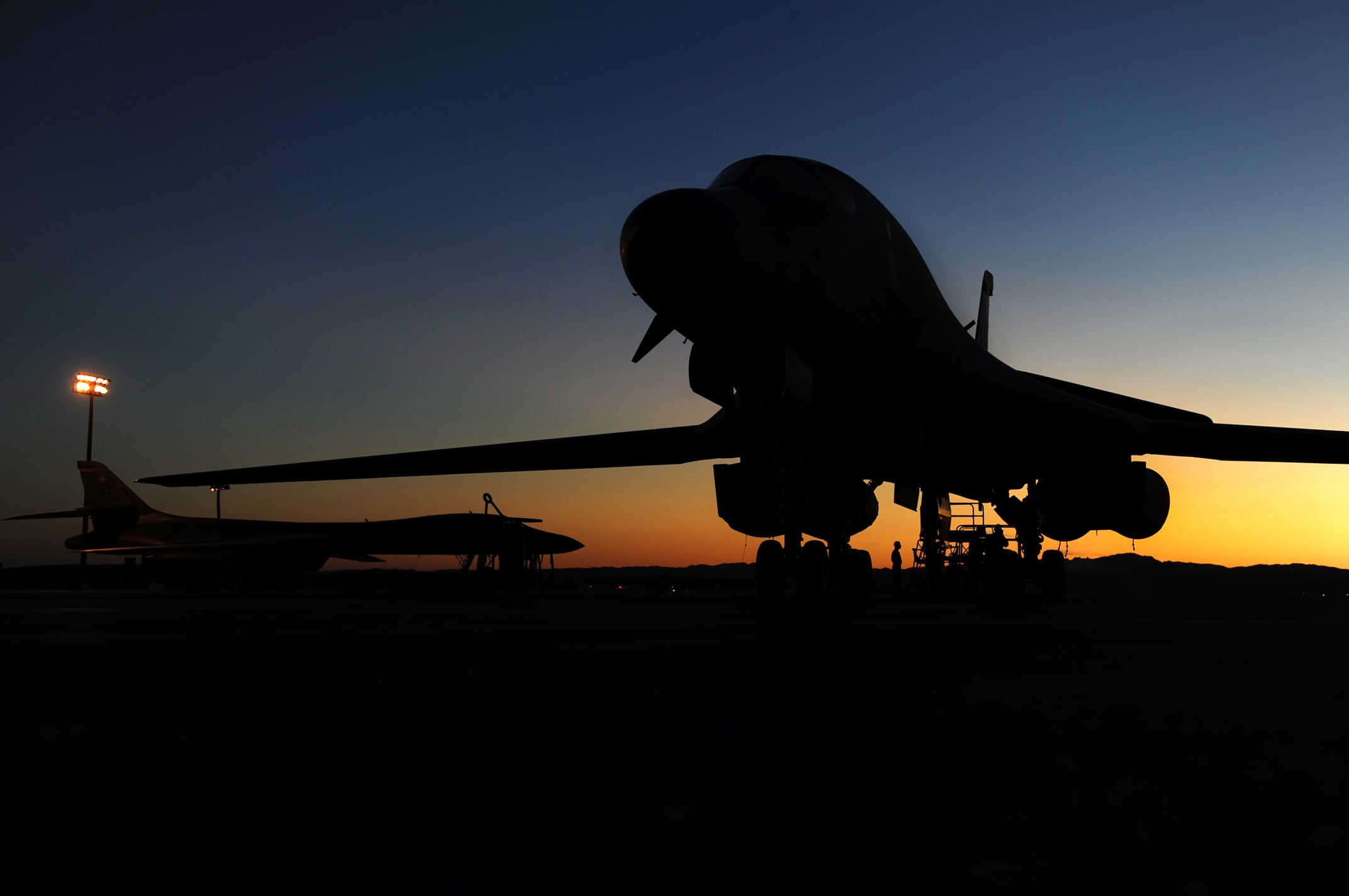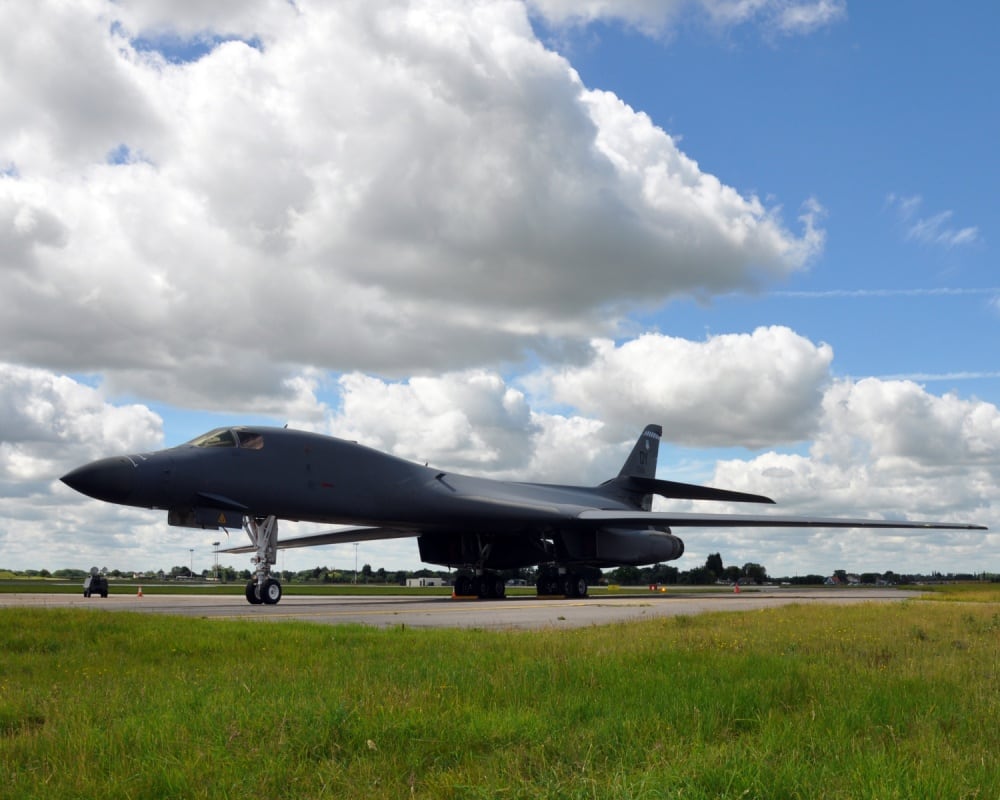The Air Force finished retiring 17 B-1B Lancer bombers this week, its first step toward divesting the entire fleet within the next two decades.
The last of the bombers, which have been in the Air Force since 1985, left Edwards Air Force Base, California, Thursday for the service’s aviation graveyard at Davis-Monthan AFB, Arizona, Air Force Global Strike Command said in a release Friday.
RELATED

“The divestiture plan was executed very smoothly,” Brig. Gen. Kenyon Bell, AFGSC director of logistics and engineering, said in the release. “With fewer aircraft in the B-1 fleet, maintainers will be able to give more time and attention to each aircraft remaining in the fleet.”
B-1Bs can wield conventional weapons but not nuclear arms, and can carry the largest load of guided and unguided weapons of any Air Force aircraft. The 62-jet fleet is being phased out to make way for the dual-capable, stealthy B-21 Raider bomber now in production at Northrop Grumman.
Forty-five of the original 100 B-1Bs are still in use and are housed at Ellsworth AFB, South Dakota, and Dyess AFB, Texas. The Air Force retired about three dozen in the early 2000s and has lost several others in crashes. It received its first Lancer in 1985 and first deployed it in combat against Iraq in 1998.
But heavy use in U.S. Central Command for missions like close air support for ground troops — which the B-1 wasn’t built to do — came at a cost. Less than half of the Lancer fleet was combat-ready in 2019, for example, when only six bombers were available for regular operations.
“Continuous operations over the last 20 years have taken a toll on our B-1B fleet, and the aircraft we retired would have taken between $10 [million] and $30 million … per aircraft to get back to a status quo fleet in the short term until the B-21 comes online,” Global Strike said.
RELATED

Those issues have led to multiple stand-downs to address concerns like onboard fires and malfunctioning ejection seats. All Lancers are operational again after a fuel tank issue prompted a fleetwide grounding earlier this year, Air Force Global Strike Command spokesperson Lt. Col. Will Russell said. He did not answer how many planes needed repairs during the pause.
Of those that were retired starting in February, 13 headed to the 309th Aerospace Maintenance and Regeneration Group’s boneyard in Arizona. Four of the B-1s at Davis-Monthan can be restored to flight if the Air Force needs them.
Of the remaining four, one will help the service develop new structural maintenance methods at Tinker AFB, Oklahoma; one will be used for ground testing at Edwards; one will become part of a digital engineering project at the National Institute for Aviation Research in Kansas; and one will go on display at Global Strike headquarters at Barksdale AFB, Louisiana.
The Air Force is working toward a two-bomber inventory with the B-21, slated to start arriving in the mid-2020s, and the B-52H Stratofortresses that have been flying for six decades. It has not announced when it will begin to retire another group of B-1Bs or begin drawing down the B-2 Spirit fleet.
Rachel Cohen is the editor of Air Force Times. She joined the publication as its senior reporter in March 2021. Her work has appeared in the Washington Post, the Frederick News-Post (Md.), Air and Space Forces Magazine, Inside Defense, Inside Health Policy and elsewhere.





